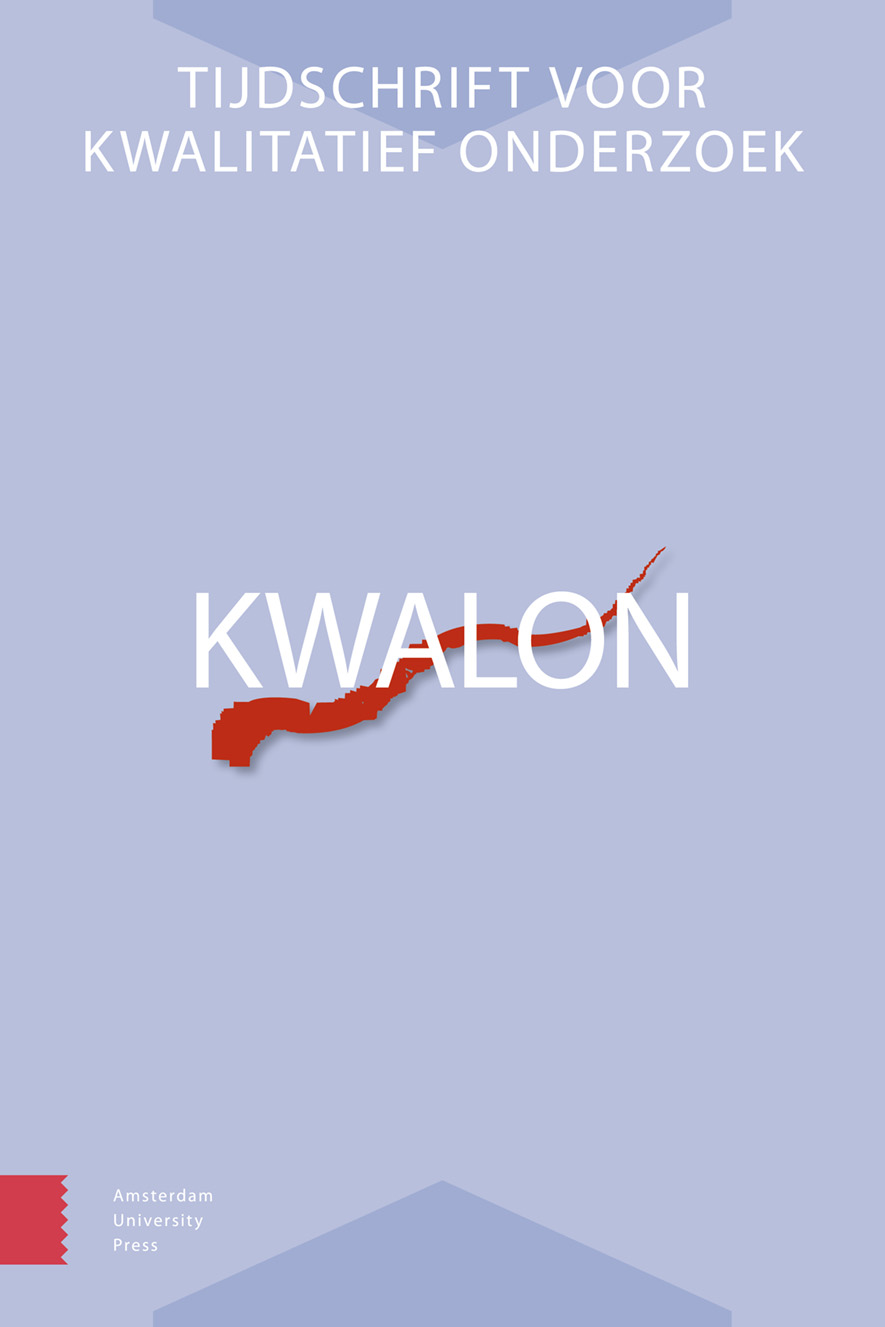-
oa De microanalyse van online en gemedieerde interactie: ‘digitale conversatieanalyse’
- Amsterdam University Press
- Source: KWALON, Volume 27, Issue 1, Apr 2022, p. 40 - 49
Abstract
The microanalysis of online and mediated interaction: ‘digital conversation analysis’
The immense increase of digital communication in all spheres of human life has led to a need for qualitative research approaches to study this development. This article sets out the contours of a qualitative micro-analytical approach to online and digitally mediated communication called ‘digital conversation analysis’. It describes its emergence, explains its relation to Conversation Analysis (CA) and Discursive Psychology and outlines its main characteristics. Digital CA is illustrated by providing an analytical example of sharing news in WhatsApp interactions between friends. Despite several challenges, digital CA may be a promising research approach that can be applied in various academic disciplines.


